|
|
|
By the way, another
thing in our universe that travels in miles per second , is
Light. Light travels 186,000 miles per second! If you multiply that
number by every second in a year, then you have the distance (in miles)
that light always travels over the time of one year. And that number is
often what we use to describe both the size of galaxies, and also the
vast distances of empty space between galaxies , we
call it a "light year" of space: The distance that light will
travel through space over the span of
one year, when it is moving at 186,000 miles per second.. It is not
uncommon to speak in terms of nearby galaxies as being millions
of
these light years away from us. (By the way, there are about 31 million
seconds in one year.. in case your were wondering!)
|
3. (TIME) The
average galaxy (qbove) takes 250 million of our earth-years to make
just one complete rotation of itself. Our Sun has circled the Milky Way
Galaxy about 16 times since it was created within and will circle about
16 more times before our Sun has extinguished itself.
|
| 4.
(VIEW) By the way, while you are seeing a smattering of stars in
this picture. Do not confuse them as being "near" the galaxy
in the picture. In space, the closest galaxy
is 2 million LIGHT YEARS away. Therefore, most
of the smattering of stars you see here around this galaxy, are
actually stars in our own
galaxy getting in the way of the picture! (By the way, the nearest star
in our galaxy is only 4 LIGHT YEARS away.) As we look
through the arm of our galaxy to see our surroundings, the stars in our
galaxy act like raindrops on a car window, that get in the way of us
seeing clearly the galaxies in the distance around us. If we could
somehow "wipe the windshield clean" of all the nearby stars in our
galaxy, and just look through raw space at nearby galaxies (empty except for some very
sparse ancient
star clusters kicked out of some galaxies) -alas all of
them would be over 2 million (and some even billions) of light
years of space away- and they would look like this (below).
Coincidentally, this is also what we would look like to them! But
instead, we sit inside an arm of stars which are always going to be in
front of our view of other galaxies far far beyond the stars of our own
galaxy.
|
|
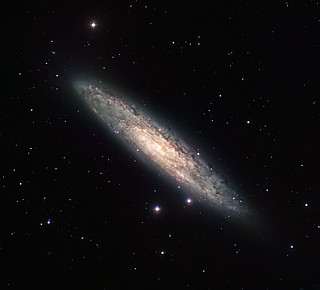
5. (SYSTEMS)
It is being considered that maybe a third of all stars, in every
galaxy, has
planets encircling them. Planets have actually been positively
identified and confirmed to be circling around some other stars in our
galaxy. By the way, this accomplishment is equivalent to finding an
insect flying around a flood light in London, England while looking
from New York, USA! More are being found every year.
|
6.
(UNIVERSE SIZE) The number of Galaxies traveling throughout the
known Universe can be summarized as such: There are 60 Galaxies in
existence for every person on earth right now. So in other words, if
galaxies could be "owned" (like houses) each of us could have 60
Galaxies given to us like someone giving every person on our planet 60
Frisbees.. and remember, each of those Galaxies would have 100-200
billion STARS circling within.. not to mention the number of even more
PLANETS connected to each Star.
|
|
7. (UNIVERSE
SIZE) When the Hubble telescope was tuned into a small patch of
space that was so far away (and black), it was thought to be totally
empty- void of anything because of the dark black. However, when the
potential light was allowed to collect on a photo for ten days, it
revealed a patch that actually contained an enormous number of Galaxies . This leads scientist to believe
the Universe
is quite riddled with Galaxies everywhere. No area is so void. (By the way, the size of the
visible
Universe is now generally calculated to be 20 billion LIGHT
YEARS across. We sit near the center of it. The farthest
observable object is generally calculated to be 12 billion
LIGHT YEARS away from us.)
|
|
8. (AGE) The Universe is now about 14 billion years old. Our
Sun was created within the Universe (inside our Milky Way Galaxy) about
4 billion years ago.. or at a time when the Universe was two thirds of
the current age. Our Sun is due to last another 4
billion years..
while the universe is due to last for a trillion, trillion,
trillion, trillion, trillion, trillion, trillion, trillion, trillion,
trillion, trillion, trillion, trillion (you get the idea here?) MORE
YEARS after our Sun disintegrates! All the while producing billions of
more Suns throughout billions of more Galaxies inside itself. So you
see, the existing Universe, at 14 Billion years old, is only at a tiny,
tiny fraction of the age
that it will eventually become.
9. (BIG NUMBERS)
Humans do not have a good grasp of numbers like a million -let alone a billion , or a trillion . When contemplating a thousand
compared to a million, or when comparing a million to
a billion, or even a billion to a trillion, keep the following question
and its answer, in mind :
If on the line
below, point A marks (zero) and point B marks 1 billion: with this in
mind, ask someone to mark a point somewhere on this line to estimate
where they think the number 1 million would reside.
(zero) 0 =
A...............................................................................................B
= (1 billion)
( place a mark on the line above where you think one million mark would be ? )
You will find that most
people make the mark for 1 million somewhere near the middle of the
line. But in fact 1
million is merely
a small fraction of 1
billion . To be
exact, a million
is 1/1000th of a billion . This means that the mark on the
line above for 1
million is about
as close to point A as you could get your pencil to mark! (One million would not even exist within the
first dot on the line above.) Try this sometime with a friend. The same
is true for making a line with a trillion, and putting on the mark for
1 billion.. again it would be 1/1000th. Same for one thousand compared
to one million.
 10. (IMAGINE YOURSELF
AS
BIG AS THIS UNIVERSAL PERSPECTIVE) Here is a neat way to look at the
stars above. If you were so large a Being that the Sun and the Earth
(including all of the actual space of distance between the two) could
fit in the palm of your hand.. and you then decided to start walking,
with such oversized Being strides (you would be walking 2000 times
faster
than the speed of light!), towards the next Star nearest to our Sun
-you would need to walk for 19 straight hours without stopping through
nearly empty space, before you would reach
your destination to the next
nearest Star. Most of the Stars you see in the night sky from earth,
you would reach in 20-40 years of such walking.. not to mention making
it out
of our own Galaxy!.. to another nearby Galaxy. (For example, at that
rate, would take you about 1,200 years of walking, through empty space
without stopping,
just
to
reach the first galaxy nearest to us! [empty except for some very sparse
ancient
star clusters kicked out of some galaxies])
10. (IMAGINE YOURSELF
AS
BIG AS THIS UNIVERSAL PERSPECTIVE) Here is a neat way to look at the
stars above. If you were so large a Being that the Sun and the Earth
(including all of the actual space of distance between the two) could
fit in the palm of your hand.. and you then decided to start walking,
with such oversized Being strides (you would be walking 2000 times
faster
than the speed of light!), towards the next Star nearest to our Sun
-you would need to walk for 19 straight hours without stopping through
nearly empty space, before you would reach
your destination to the next
nearest Star. Most of the Stars you see in the night sky from earth,
you would reach in 20-40 years of such walking.. not to mention making
it out
of our own Galaxy!.. to another nearby Galaxy. (For example, at that
rate, would take you about 1,200 years of walking, through empty space
without stopping,
just
to
reach the first galaxy nearest to us! [empty except for some very sparse
ancient
star clusters kicked out of some galaxies])
11. (OR IMAGINE
THIS, YOU PLAY WITH THE MILKY WAY AS IF IT IS A FLYING DISC TOY!)
If you could enlarge yourself enough to hold our whole Milky Way galaxy
(all 200 billion stars) in your hand like a frisbee. Indeed it would be
shaped just like a frisbee disc, however, it would also be much
thinner. To flip the
example around for you, I could also say it this way: If you could
somehow shrink the entire universe around you, while you
stay the same size and the Milky Way galaxy shrinks in front of you
down
to the size of a frisbee.. and in the process of shrinking it down,
you also kept all the relative distances the same for all the stars
within
the galaxy, then the "miniature galaxy" would be shaped like a frisbee,
but would end up being thinner than a piece of paper!
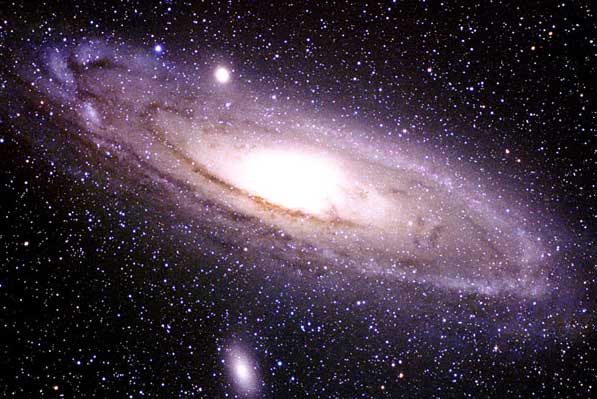 More Interesting is, if
you
were able to hold the Milky Way galaxy in your hand, the nearest galaxy
to
you would be a walk of about 3 months away, and it would fit in your
hand
the same as the Milky Way would. And remember, there are about 250
billion
more galaxies, similar to them. In that relative relationship of size,
if
you were able to hold the galaxy in your hand and start walking from
one
end of the Universe to the other end, it would take you about 1.5 years non-stop.
!
You would have walked past nearly 200 billion gallaxies to get to the
edge. In this calculation, you would be taking steps that span 300,000
light years at a time! You would be taking a step in one second, that
takes light ( traveling at 186,000 miles per second) 300,000 years to
travel!
More Interesting is, if
you
were able to hold the Milky Way galaxy in your hand, the nearest galaxy
to
you would be a walk of about 3 months away, and it would fit in your
hand
the same as the Milky Way would. And remember, there are about 250
billion
more galaxies, similar to them. In that relative relationship of size,
if
you were able to hold the galaxy in your hand and start walking from
one
end of the Universe to the other end, it would take you about 1.5 years non-stop.
!
You would have walked past nearly 200 billion gallaxies to get to the
edge. In this calculation, you would be taking steps that span 300,000
light years at a time! You would be taking a step in one second, that
takes light ( traveling at 186,000 miles per second) 300,000 years to
travel!
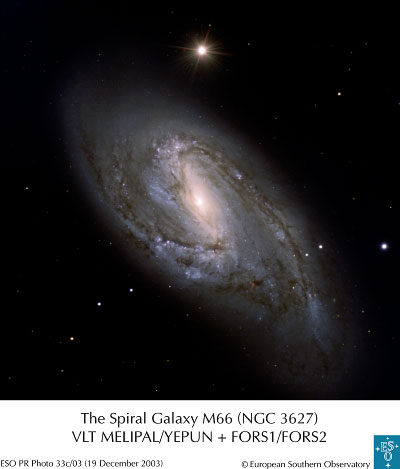
|
12.(OUR NIGHT SKY)When
you look up at the night sky on any evening, you see stars for sure,
and almost every point of light that you see, is one of the 100 billion
stars floating with us within the Milky Way Galaxy. What we see,
however, does not really show you our galaxy as it really is from our
standpoint. This is
because each arm of a galaxy (including ours) is made up of gas
and dust, and often there are huge clouds of this gas and dust
. So huge, that they act as objects that block our view of the real
galaxy.
See (left) such clouds in a galaxy. They act as they do on
earth, to block out the sunlight of our Sun. Only in this case,
galactic
clouds block our nightly view of our entire Galaxy!
|
|
|
However, the photo (below), has fixed the problem. Indeed
like a see-through-lens, it is a real photo of our Milky Way Galaxy
from
our position inside it. Our Galaxy! In fact at night, if all the clouds
of gas and dust were removed from the space within the galaxy,
this
(below) is what we would see in our night sky! This picture was
taken
from our position in the galaxy, with an infra-red camera, which can
see
the heat and replicate the light through the clouds of dust and gas,
and
reveal a clear picture of where we are in the galaxy. This is exactly
what
our galaxy looks like from where we stand in it. Imagine, what all of
mankind
would have thought over the years, if this (below) is what we
saw
in the night sky. Imagine seeing the Moon floating amongst that
background
in the night sky.

Below
is an accurate view of what our Universe looks like from OUTSIDE
the visible UNIVERSE!
The tendrils of lights are actually clusters of hundreds of billions of complete GALAXIES !

Here you see clusters of individual GALAXIES joined in a way
that looks like "threads" of material.
In terms of
numbers of stars in the entire Universe (above), it is nearly 30
billion trillion stars here.
Stars which are each residing in one of 250 billion galaxies.
Galaxies which each reside in one of 25 billion clusters of galaxies to
make this view above.
Above, is also the look
of the full 14 billion LIGHT YEARS of space that is our
Universe.
For more
fantastic perspectives, go to "An Atlas of the Universe"
The
photo also attempts to show you the location of our galaxy,
by pointing to a specific cluster of galaxies in this Atlas of the
Universe.
We are in a solar system, that is in the Milky Way Galaxy,
which is located in that Virgo Supercluster of galaxies indicated above.
|
Below,
is a diagram of how the clusters of individual galaxies look as
they spread out from our location only 1/2 of the way to the edge of
the Universe. Showing you how dense the clusters of galaxies are arranged as
you
move out from our location to the edge of the Universe.
(again, see more at the web site for An Atlas of The Universe)

|
-------------------------------------------------------
Want to see great views of galaxies in action where just one revolution
would normally = 250 million years?
Then grab your Frisbee disc and
start Heaving H.O.E.
(Heaven On Earth) with us, and others!
Our school PE teacher
incorporated Motodoms lesson
plans into her classes and we installed the
Troy Timber
Beast Disc Golf Park located in a 21 acre wooded county park across the
street from the school. We had our first Family tournament in May and a
Pro/Am Disc Golf tournament on June. Frisbee’s are flying
all over the place in Troy. All of our community came together to
finance and build our Disc Golf park, and Craig and Doug [Motodom] enthusiasm
for both Frisbee and life helped add to our younger
students becoming more involved with the sport.
------------------------------------------------------------------------------------------------------
Who | What | Where is ?
Motodom.com
2006 | Motodom.com was
invited to speak and present their program for better health and social
responsibility in youth, at the
state conferences for Montana Principals and Montana PTA.
Heave
H.O.E. has to be the the best way to show new players the easiest ways
to throw the flying disc.

Tom
Monroe
World Champion
PDGA Hall of Fame Inductee 1993
Heave
H.O.E. offers clear instructions for those ready to get serious about
flying disc play, and those just wanting to toss accurately to friends.

Arthur
Coddington,
Eleven Time! World Freestyle Champion
Heave
H.O.E. is a useful tool in teaching anyone how to improve their throw.

Joy
Endicott,
Coach & TD,
University Arkansas
Ultimate Team
|
For beginners, for adults
teaching children, and for people with
Frisbee disc experience. -extremely helpful-

School Library
Journal
Several common throwing errors
are diagnosed, so if you are having difficulty with that tough forehand
toss, give Heave H.O.E. a shot!

The Internet Disc Shoppe
Our
program teaches students about nutrition and physical activity. We gave
flying discs to 10,000 children in 12 schools, and a Heave H.O.E. lesson
plan
package
to all the P.E. teachers. All the teachers felt that Heave
H.O.E. was really helpful in teaching the kids the proper throwing
method.

Chefs
For Kids
University Las Vegas Nevada
Cooperative Extension Service
I
played Heave H.O.E. to a
class,
and they liked it a lot. Each kid seemed to have a favorite skill they
were going to try.

Arthur
Coddington,
Eleven Time! World Freestyle Champion
I was
very impressed with
Heave H.O.E., and as an instructor myself, I found it very informative.
A must see for beginners, a great tool for intermediates.

Michelle
Baker
1st place 2002 Masters Cup (Master)
Teaching
new players the Heave
H.O.E. pullback tip was unbelievably helpful and easy. I saw immediate
improvement. Thanks for making this DVD.

Joy
Endicott,
Coach & TD,
University Arkansas
Ultimate Team
Throwing
plastic is fun, if
you know how. After watching Heave H.O.E., you and they, will
know how to throw and have fun.

Tom
Monroe
World Champion
PDGA Hall of Fame Inductee 1993
|
I
thought Heave H.O.E. was excellent. It goes through step-by-step
how to use
a Frisbee disc with skill and ease. I highly recommend it
for all ages!

Christina
Chapan,
BS Elementary Ed.,
MA Curriculum & Development
The
Heave H.O.E. movement keeps floating on the cutting edge, connecting
high profile stuff like: obesity, youth-at-risk, after school program
needs, latch-key kids, alternative to computer games and TV, etc,.
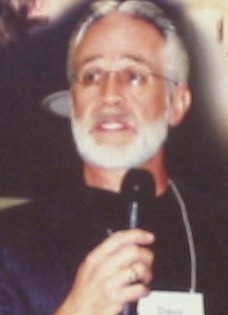
David
M.
Young,
University Professor,
An advocate for Healthier Communities
We are focusing on practical
living (physical activity and nutrition). A Heave H.O.E. package was
given to each attendee in an academy in which 30 P.E. and Health
teachers participated to learn how to incorporate DISC golf into their
curriculum. The academy was funded by a grant from the Kentucky Dept.
of Education.

Dr.
Heather
R. Adams-Blair
Exercise & Sports Science
Eastern Kentucky University
These
tips are applicable to people of any age and skill. I used the Heave
H.O.E. snap tip to improve the forehand of 5 players almost instantly.

Joy
Endicott,
Coach & TD,
University Arkansas
Ultimate Team
Heave
H.O.E. is not only well done, it also sends a good positive image and
message of disc sports in general.

Cary
Silberman
1st place Advanced Am
2003 Memorial
MT State Disc Golf Champ 2004

Heave H.O.E. Instructional
ORDER HERE
|
Understanding relative sizes
of
Planets and Stars http://www.rense.com






Colorful Counters
.Heave
HOE | Home | About
the Tournaments | Tournament Voting | Peace! | Critical Acclaim
| What is "H.O.E."?





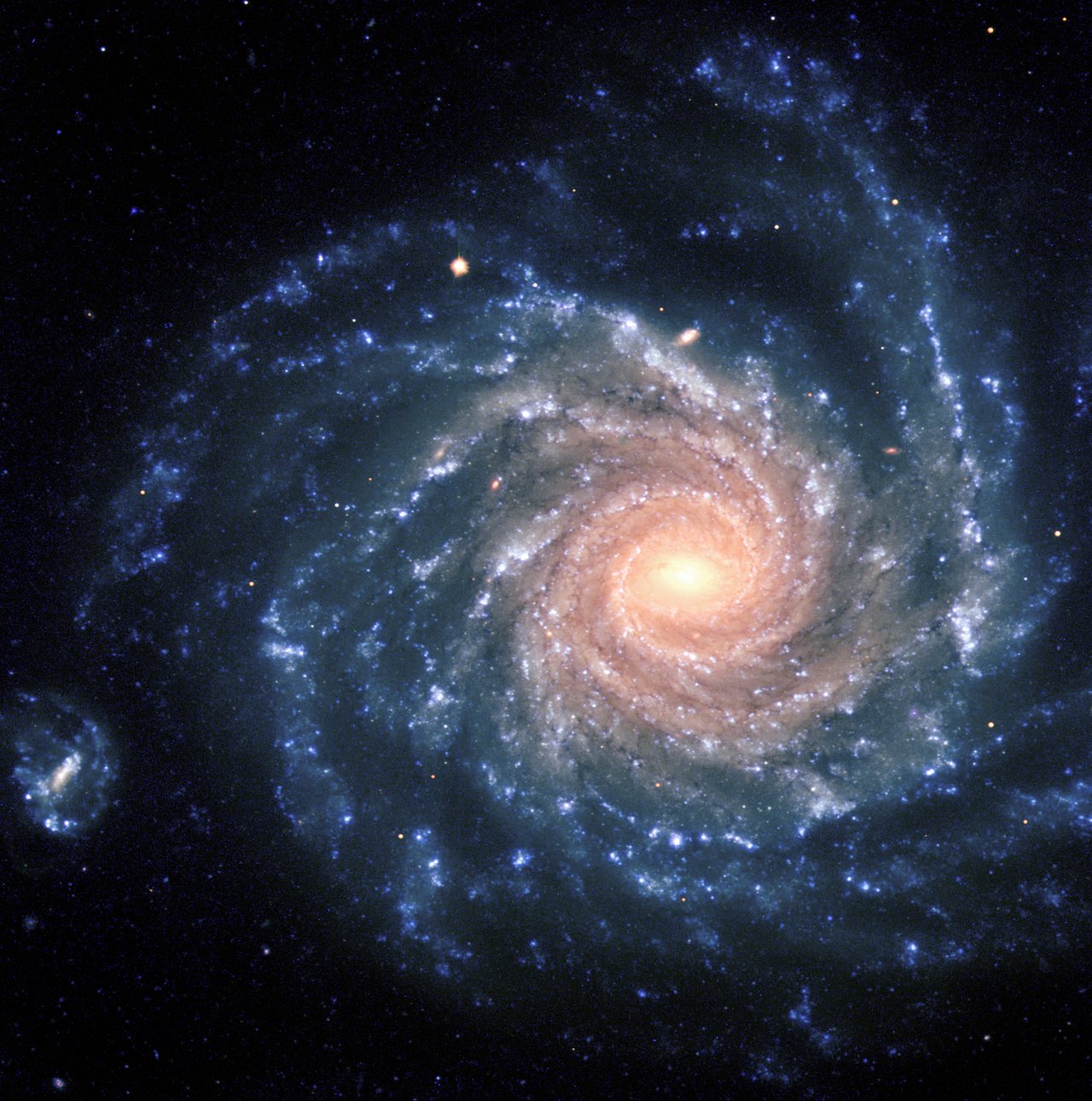

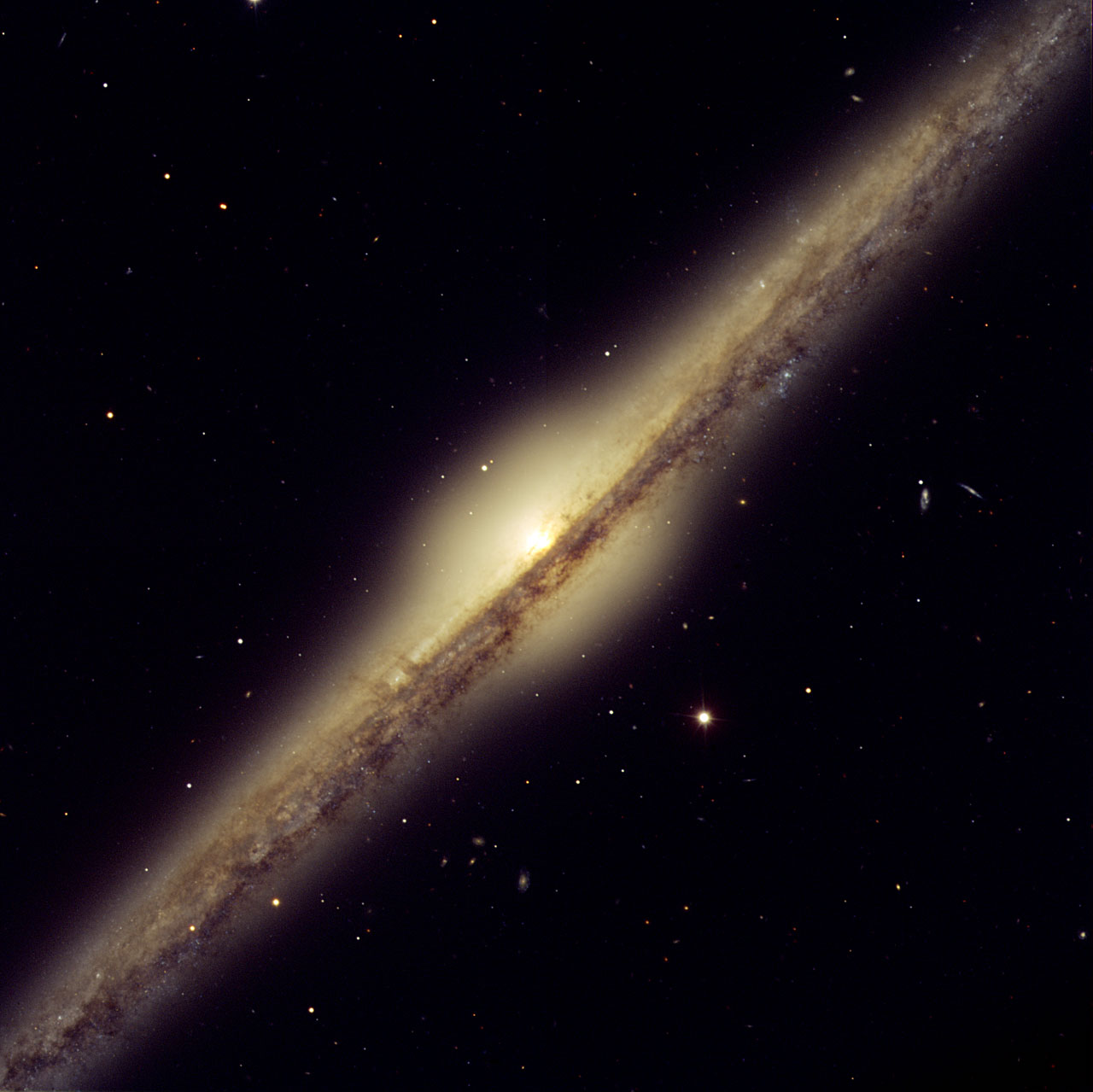
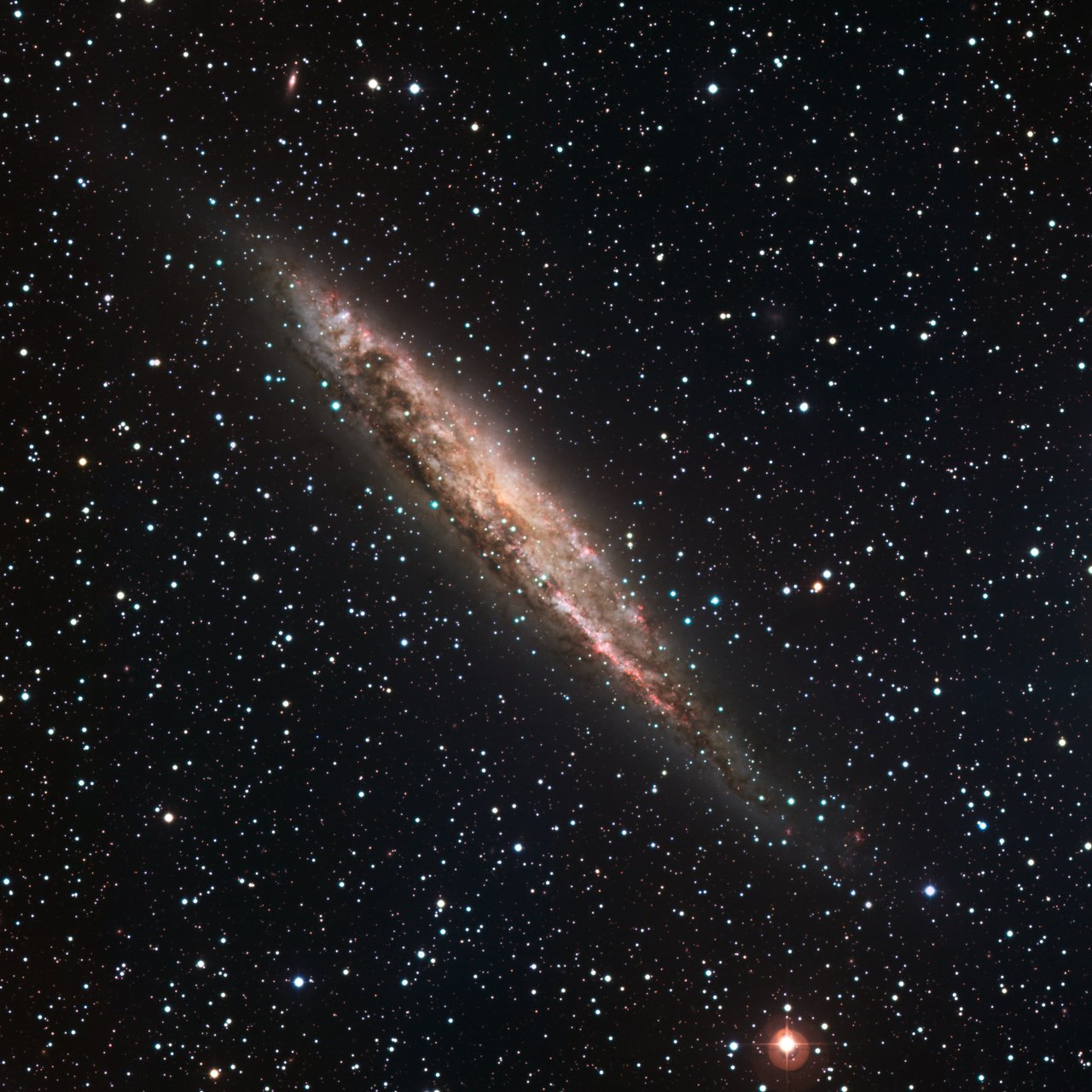


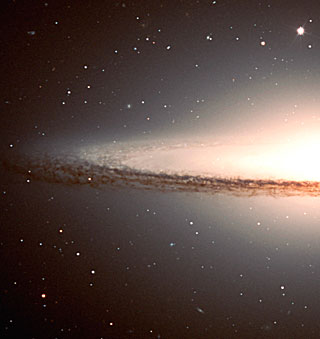
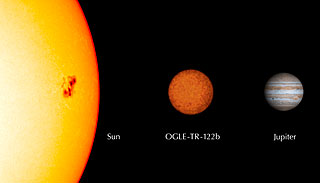
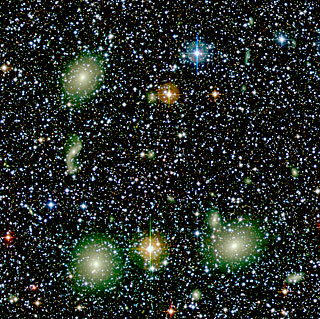
 10. (IMAGINE YOURSELF
AS
BIG AS THIS UNIVERSAL PERSPECTIVE) Here is a neat way to look at the
stars above. If you were so large a Being that the Sun and the Earth
(including all of the actual space of distance between the two) could
fit in the palm of your hand.. and you then decided to start walking,
with such oversized Being strides (you would be walking 2000 times
faster
than the speed of light!), towards the next Star nearest to our Sun
-you would need to walk for 19 straight hours without stopping through
nearly empty space, before you would reach
your destination to the next
nearest Star. Most of the Stars you see in the night sky from earth,
you would reach in 20-40 years of such walking.. not to mention making
it out
of our own Galaxy!.. to another nearby Galaxy. (For example, at that
rate, would take you about 1,200 years of walking, through empty space
without stopping,
just
to
reach the first galaxy nearest to us! [empty except for some very sparse
10. (IMAGINE YOURSELF
AS
BIG AS THIS UNIVERSAL PERSPECTIVE) Here is a neat way to look at the
stars above. If you were so large a Being that the Sun and the Earth
(including all of the actual space of distance between the two) could
fit in the palm of your hand.. and you then decided to start walking,
with such oversized Being strides (you would be walking 2000 times
faster
than the speed of light!), towards the next Star nearest to our Sun
-you would need to walk for 19 straight hours without stopping through
nearly empty space, before you would reach
your destination to the next
nearest Star. Most of the Stars you see in the night sky from earth,
you would reach in 20-40 years of such walking.. not to mention making
it out
of our own Galaxy!.. to another nearby Galaxy. (For example, at that
rate, would take you about 1,200 years of walking, through empty space
without stopping,
just
to
reach the first galaxy nearest to us! [empty except for some very sparse
 More Interesting is, if
you
were able to hold the Milky Way galaxy in your hand, the nearest galaxy
to
you would be a walk of about 3 months away, and it would fit in your
hand
the same as the Milky Way would. And remember, there are about 250
billion
more galaxies, similar to them. In that relative relationship of size,
if
you were able to hold the galaxy in your hand and start walking from
one
end of the Universe to the other end, it would take you about 1.5 years non-stop.
!
You would have walked past nearly 200 billion gallaxies to get to the
edge. In this calculation, you would be taking steps that span 300,000
light years at a time! You would be taking a step in one second, that
takes light ( traveling at 186,000 miles per second) 300,000 years to
travel!
More Interesting is, if
you
were able to hold the Milky Way galaxy in your hand, the nearest galaxy
to
you would be a walk of about 3 months away, and it would fit in your
hand
the same as the Milky Way would. And remember, there are about 250
billion
more galaxies, similar to them. In that relative relationship of size,
if
you were able to hold the galaxy in your hand and start walking from
one
end of the Universe to the other end, it would take you about 1.5 years non-stop.
!
You would have walked past nearly 200 billion gallaxies to get to the
edge. In this calculation, you would be taking steps that span 300,000
light years at a time! You would be taking a step in one second, that
takes light ( traveling at 186,000 miles per second) 300,000 years to
travel! 


















